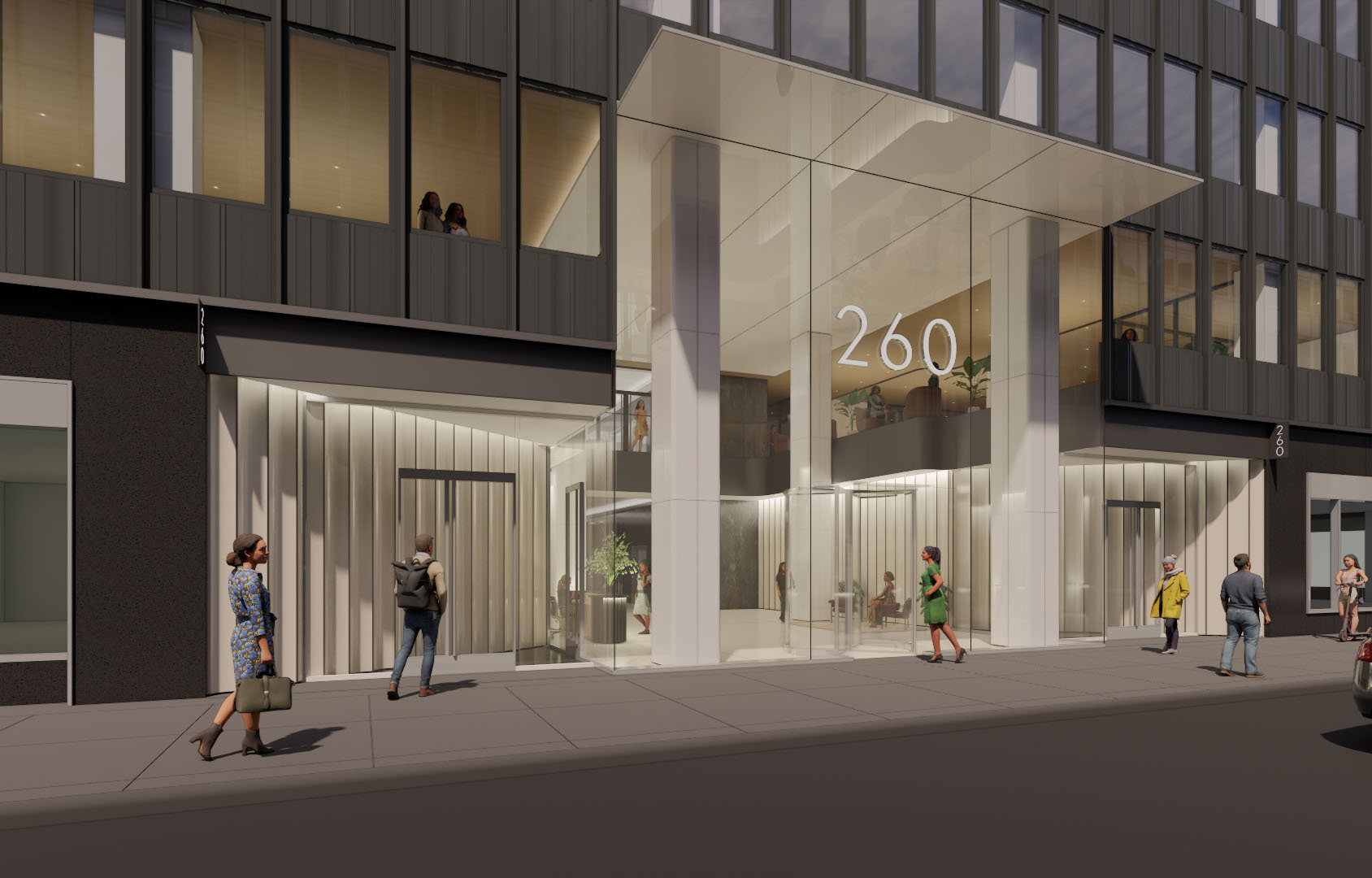Offices after COVID-19 - by Thomas Kearns

As I am writing this, governor Cuomo is starting to discuss a gradual relaxation of the New York Pause policies that have put non-essential New York businesses on hold for the last several weeks.
Many of us are contemplating how the events of the last few weeks will impact New York office buildings once New York gets back to normal. Certainly the work at home model has helped businesses such as law firms, insurance brokers, money managers and others continue to service clients, customers and investors. (Thank heavens for fast Wi-Fi and home computers!) But, at least in my view, the remote work environment is fraught with complications and limitations. The wonderful but distracting young children who don’t really understand the difference between working and not-working, the mystery of why my printer works sometimes and not other times and why FedEx can find my house for deliveries but UPS can’t, are a mere sample of the things that go wrong. An office populated by a group of people is popular in part because it allows the business to hire designated employees to print documents, arrange for deliveries and type way faster than I can.
Offices where employees gather allow in person meetings so that, for example, instead of everyone’s voice on a call stepping on the other voices resulting in a mess and awkward pauses, subtle physical clues are easily discernible when another party wants to make a point. Offices allow colleagues to walk into another colleague’s office and instantly tell if is she is busy or has time to talk through a difficult issue. Offices allow the sharing of resources that don’t exist at home. But these tradeoffs are individual–witness the rise of co-working locations as an alternative to the large corporate office. The question for those of us in the industry is whether the office as we knew it will survive once normalcy returns in a year or so. My answer is a definitive yes. But changes will no doubt occur. Will businesses need as much space if a significant percentage of their employees can function well remotely? Maybe not. Will the push toward densification of office space as a way to reduce space costs continue? Maybe not. Will “hot desk” arrangements survive? Perhaps in a very modified form.
But despite all these changes, my view is that the gathering of the key people managing each business and servicing customers in one place on a daily or near daily basis is an important element of a business’ success and will remain so for the future.
Thomas Kearns is a partner with Olshan Frome Wolosky LLP’s real estate department, New York, N.Y.
AmTrustRE completes $211m acquisition of 260 Madison Ave.


Lasting effects of eminent domain on commercial development - by Sebastian Jablonski

Strategic pause - by Shallini Mehra and Chirag Doshi

Behind the post: Why reels, stories, and shorts work for CRE (and how to use them) - by Kimberly Zar Bloorian









.jpg)

.gif)